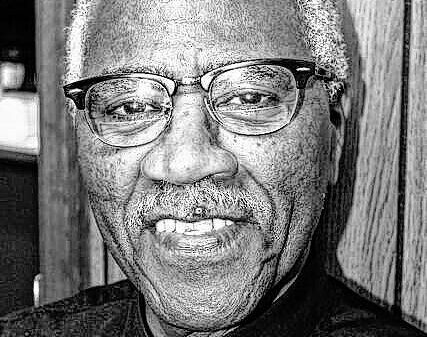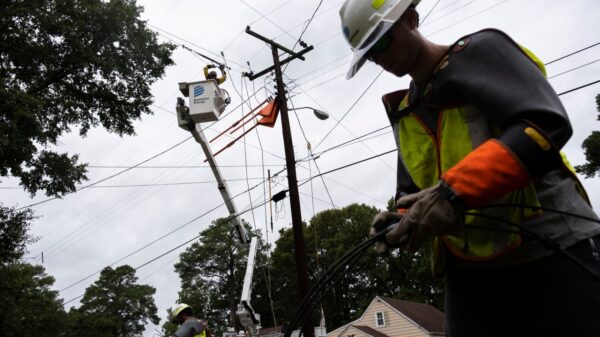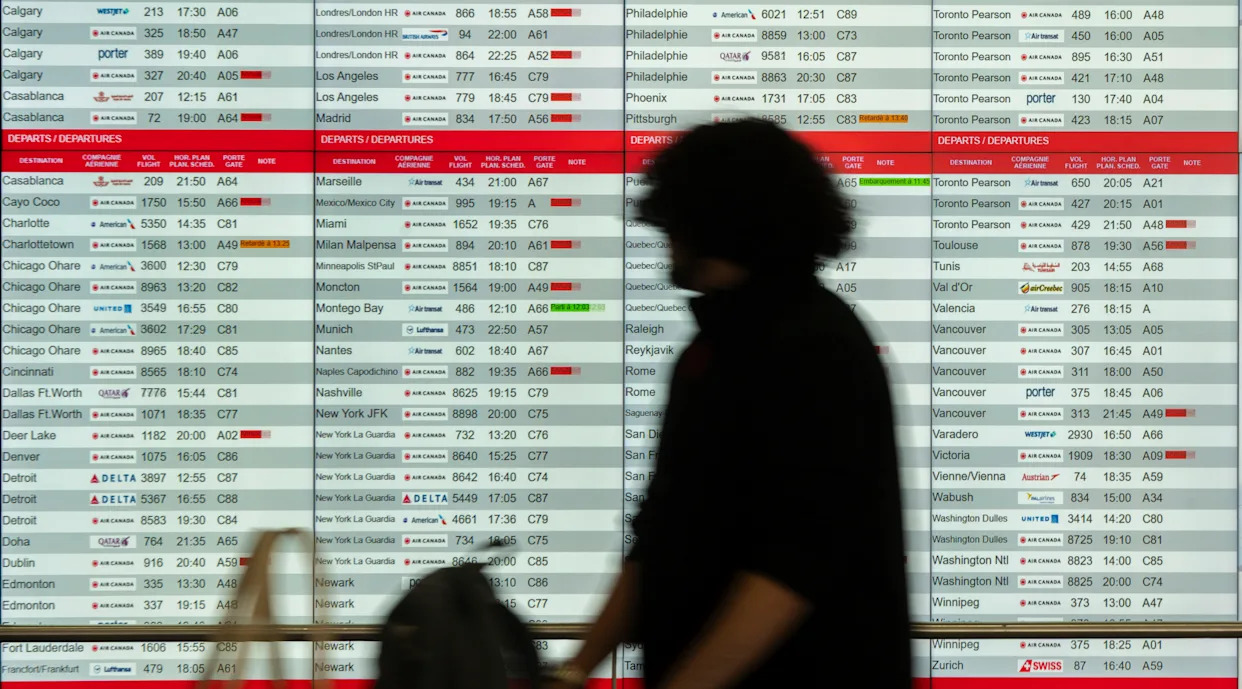More than 10,000 flight attendants at Air Canada have initiated a strike as of early Saturday, following the failure to reach a contractual agreement. The Canadian Union of Public Employees (CUPE) confirmed the work stoppage after negotiations with the airline fell short of a resolution.
As a result of the strike, Air Canada has announced the cancellation of all flights for the duration of the work action. To date, the airline has already canceled over 620 flights, significantly affecting travelers during the peak summer travel season. Passengers worldwide are now faced with unexpected disruptions and the challenge of rebooking their travel plans.
Escalation of Contract Negotiations
The dispute between Air Canada and the flight attendants’ union has intensified in recent days. CUPE spokesman Hugh Pouliot stated that the union rejected the airline’s proposal to enter into government-directed arbitration. This approach would have removed the attendants’ right to strike and placed the decision-making in the hands of a third-party mediator.
The union’s decision to strike reflects ongoing frustrations over working conditions and compensation. CUPE has emphasized that its members are fighting for fair wages and better job security. The airline, on the other hand, has expressed its commitment to reaching a fair agreement but has struggled to bridge the gap with the union.
Travelers are now left to navigate a complicated situation, with many scrambling to find alternative travel options. The strike comes at a particularly critical time, as demand for air travel has surged following the easing of pandemic restrictions.
Potential Impact on Future Operations
The continuation of the strike could have lasting effects on Air Canada‘s operations and financial performance. Industry experts predict that prolonged work stoppages may not only frustrate customers but could also lead to significant revenue losses for the airline.
As the situation develops, both parties will need to reassess their positions. The airline is under increasing pressure to resolve the matter swiftly to minimize disruptions for travelers, while the union remains firm in its stance for improved working conditions. The outcome of these negotiations will likely set a precedent for future labor discussions in the aviation sector.
With the strike already underway, stakeholders in the airline industry are watching closely to see how this conflict unfolds and what it means for the broader landscape of labor relations in Canada.








































































